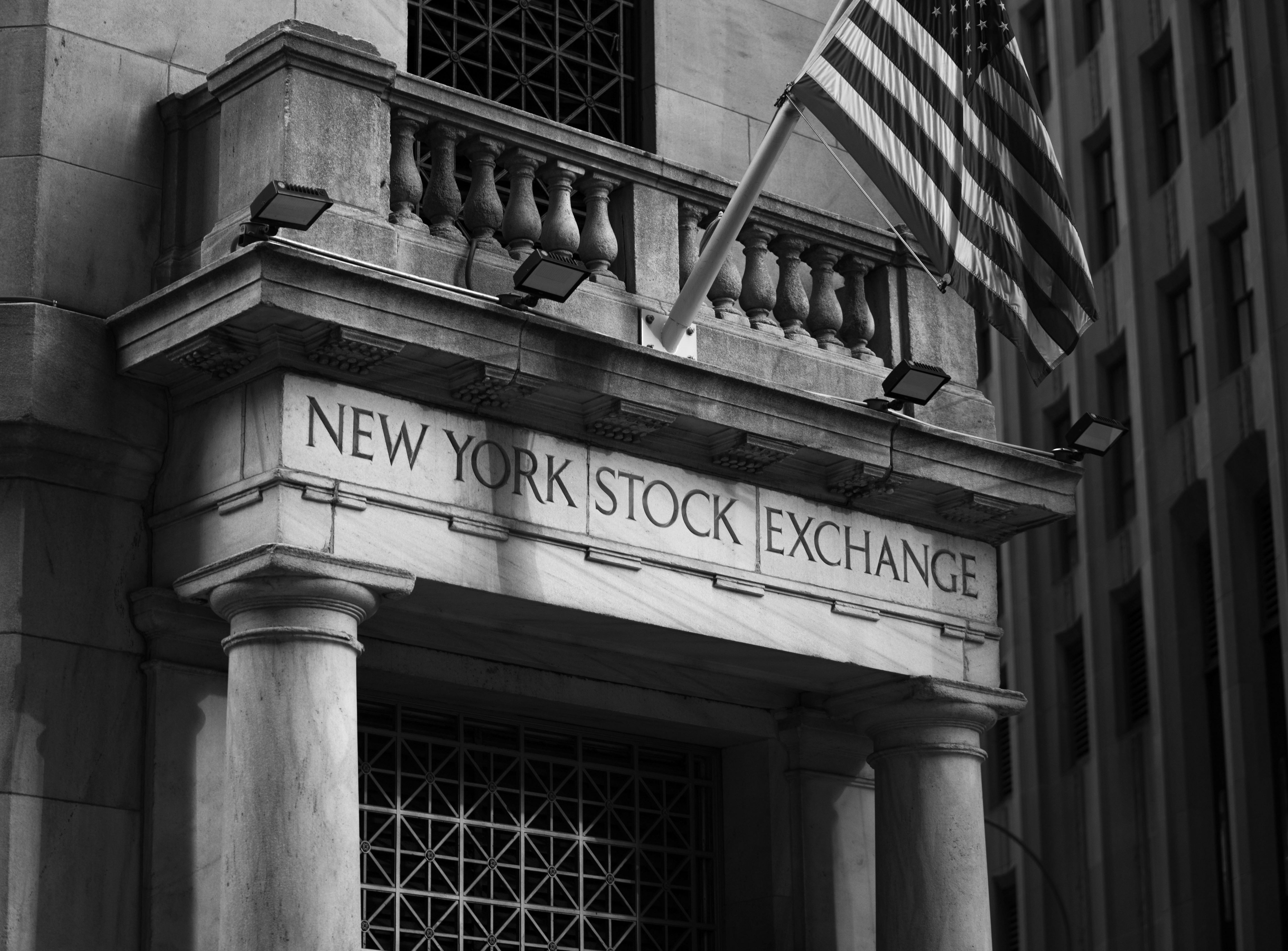Astrazeneca (AZN)- Technical & Fundamental Analysis
$12,416
Astrazeneca (AZN)- Technical & Fundamental Analysis
06 Nov 2025, 09:34

Pexels.com

Over £40 billion raised in a week as businesses capitalise on favourable market conditions
Corporate giants are flocking to the US bond market, seizing the opportunity to secure low borrowing costs following Donald Trump’s recent election victory. Companies like Caterpillar, Gilead Sciences, and Goldman Sachs have collectively raised over £40 billion ($50 billion) this week, according to LSEG data, marking one of the busiest weeks since September’s post-summer market rebound.
Key Highlights:
Why Are Companies Acting Now?
Market conditions have been remarkably favourable since the election, with credit and equity markets rallying. This has driven corporate borrowing costs—measured as the premium over US Treasury rates—to their lowest levels since the 1990s.
John McAuley, Citigroup’s head of debt capital markets for North America, emphasised the urgency: “The uncertainty surrounding last week’s election had been holding the market back, but now it’s all systems go. The conditions are simply too good to pass up.”
The Numbers Behind the Boom
Banks Lead the Charge
Unsurprisingly, financial institutions are moving swiftly to benefit from these tight spreads. “The activity has been heavily skewed towards financial institutions,” said Teddy Hodgson, global co-head of investment-grade debt at Morgan Stanley. “Many deals were not planned, but the opportunity was too good to ignore.”
What’s Next for Borrowers?
Bankers predict that a wider range of companies will follow suit as the year-end approaches. “We’re expecting significant activity,” added McAuley. “There’s a clear trend of businesses bringing forward their refinancing plans to lock in these favourable rates.”
The bond market rally mirrors a surge in US stock prices, creating a ripple effect in equity capital markets. With major firms leveraging these historic conditions, the financial landscape is likely to remain vibrant in the weeks leading up to mid-December.
What Does This Mean for Investors?
For investors, the current conditions represent a unique window of opportunity. Tight spreads and rising stock values indicate strong market confidence, but the sustainability of this momentum will depend on broader economic and political factors.
Source: (FT.com)